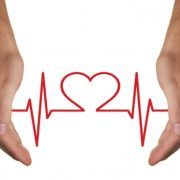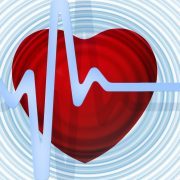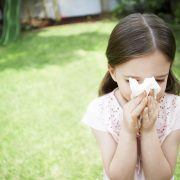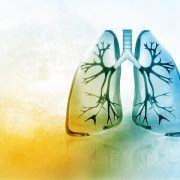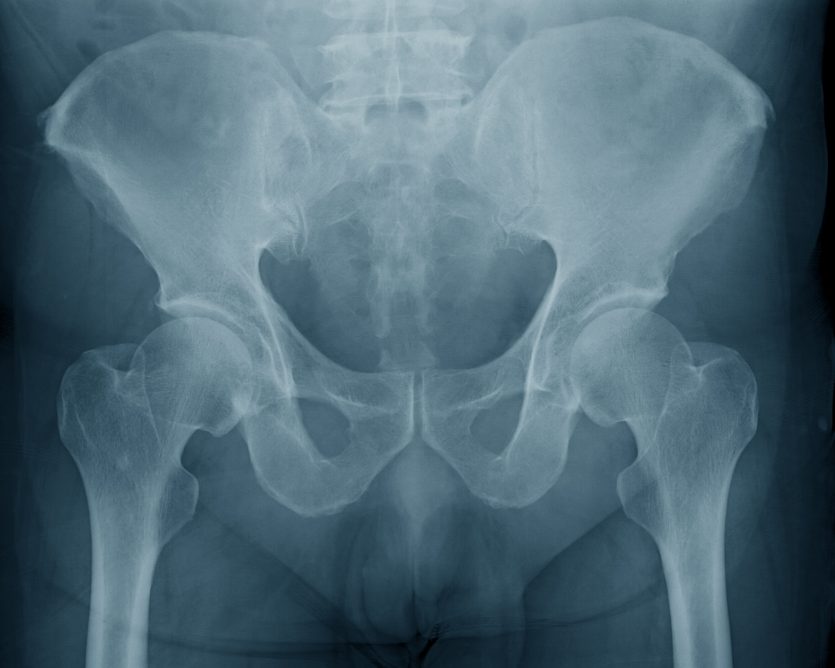In a study of middle-aged adults, only one in 1,933 met all seven factors of ideal cardiovascular health as defined by the American Heart Association.
Upper Respiratory Tract Infections (URTI) can be caused by more than 200 different viruses, and it is estimated that the U.S. population suffers more than one billion colds a year (2-4 per average adult, 6-10 per average child). A number of lifestyle factors contribute to URTI risk, including poor nutrient status, lack of sleep, and stress. A new paper published in the British Journal of Sports Medicine adds exercise habits to the list of lifestyle factors affecting URTI risk.
1,023 subjects between 18 and 85 years of age were recruited for this study, with 1,002 individuals completing all study requirements. Subjects were selected from multiple BMI groups (roughly one-third were of normal weight, one-third were overweight, and one-third were obese) to ensure adequate representation. A comprehensive validated survey on lifestyle, diet, activity levels, stress, and URTI incidence and severity was completed by each study participant.
After controlling for potential cofounders, total days with URTI symptoms were 43-46% lower in the highest third of aerobic activity when compared to the lowest third, while URTI severity was reduced 32-41% for the high group. Low stress levels, high exercise frequency (≥5 days/week), and high fruit intake (≥3 servings/day) also correlated with reduced URTI incidence.
The exact mechanism by which aerobic exercise reduces URTI risk is still uncertain, although it appears to be a combination of factors, including transient increases of certain immune cell types, a reduction of stress hormones, and specialized benefits to key organs (particularly the lungs, which serve as a primary barrier against URTIs).
Recent studies have indicated that oxidative stress may be a contributing factor in the development of decreased bone density and an increased risk of bone fracture.
The study, published in the journal Osteoporosis International, included 21,774 Norwegian men and women aged 65-79 that were part of a community-based health study. Serum Vitamin E concentrations were measured at the beginning of the study and subjects were followed for 11 years.
During the course of the follow up, 1,168 hip fractures were reported in both men and women. After adjusting for smoking, month of blood sample, BMI, education, physical inactivity, self-rated health, and serum 25-hydroxy vitamin D (25(OH)D), serum vitamin E levels showed a linear inverse association with hip fracture risk. Among subjects in the lowest quartile (25%) of serum Vitamin E, the risk of hip fracture was 51% higher than those whose levels were among the top 25%.
In this population, low serum vitamin E concentrations were associated with an increased risk of hip fractures. These results confirm the findings of two recent cohort studies, which also found an increased risk of bone fracture among older adults with low serum vitamin E concentrations. The researchers suggest that in addition to its antioxidant effect, vitamin E could have a direct role in bone remodeling. However, further research is needed to clarify the role of vitamin E in maintaining bone health.
Thanks for sharing! Entering your USANA ID number creates a unique URL, which allows you to receive credit on referrals.
Here’s how it works: When the link is clicked, a cookie (if allowed) is created. Shopping buttons on applicable product pages will appear to the referred user. A click on these buttons passes your referral information to USANA’s Shopping Cart, tying purchases made on cookie-containing devices to you for 30 days. In addition, if a person clicks on this unique URL and then later visits USANA.com and makes a purchase (within 30 days), you receive credit for the sale.
Enter your ID now for these enhanced features.


